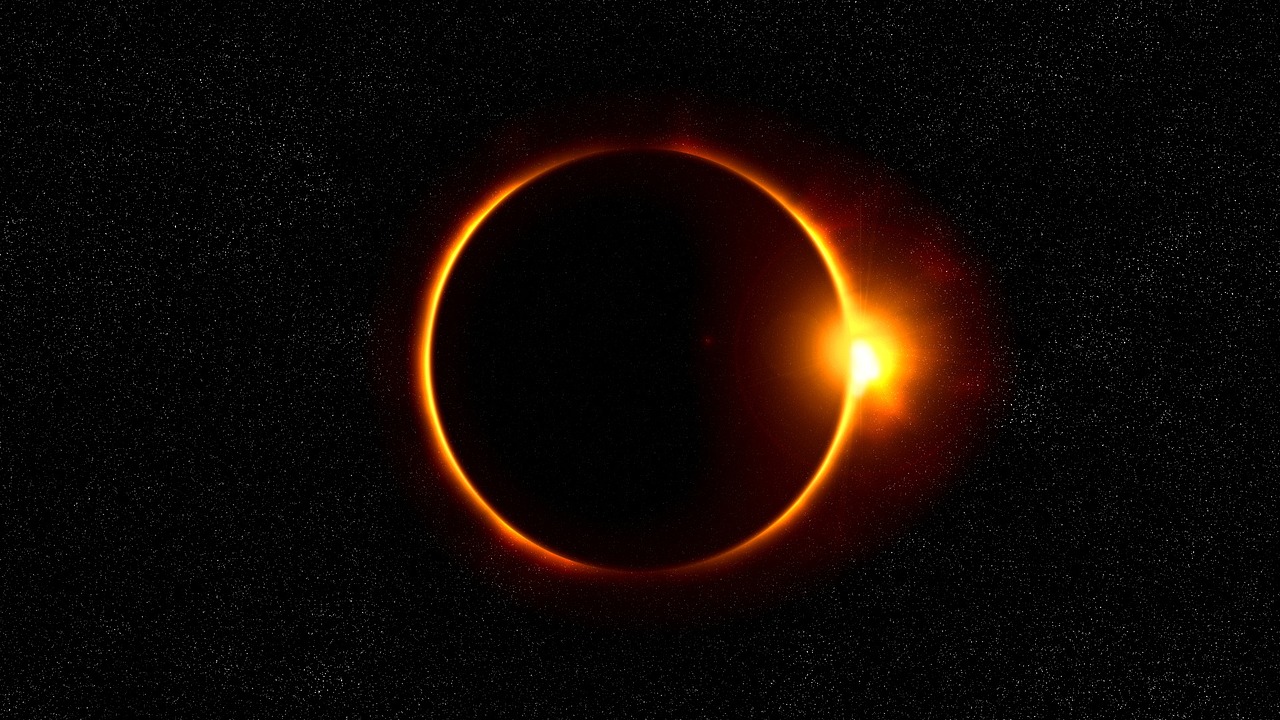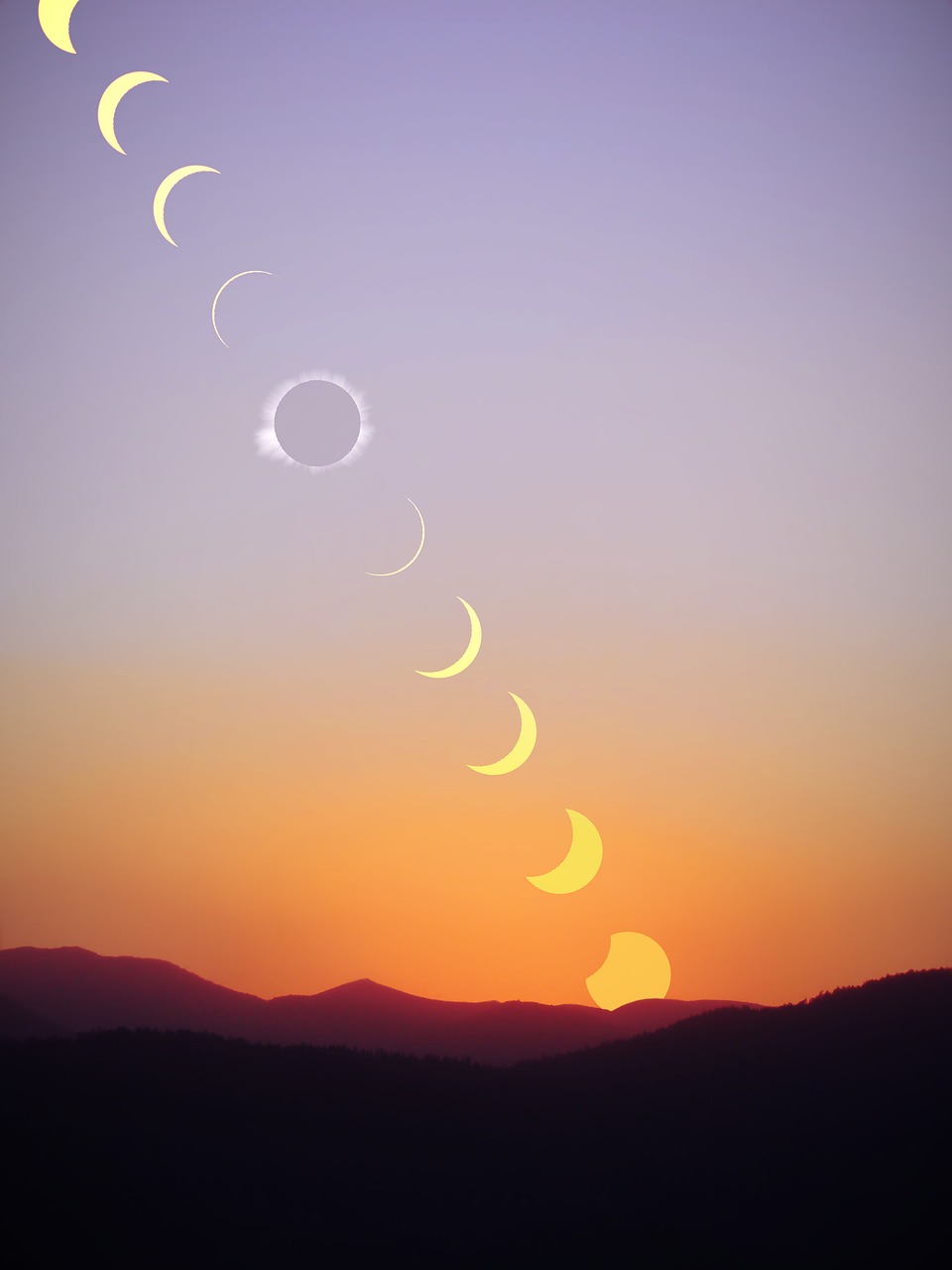The annular solar eclipse was visible from Oregon to Texas this fall, and it was a sight to see.
If you missed the total eclipse seen in 2017, the cosmos are about to align again in spectacular fashion again this Spring, but this time on the East Coast.
*The partial eclipse is expected to begin in the Las Vegas area around 10:12 am and reach maximum coverage at 11:20 am PST.
A solar eclipse occurs when the moon passes directly between the sun and the Earth, casting its shadow toward the planet. During the annular solar eclipse, a rim of extremely bright sun will be visible around the edges of the moon- nicknamed “the ring of fire”.
For the annular solar eclipse, the best viewing locations are directly in the center of the path of the eclipse. In these areas, viewers will get to see the moon perfectly symmetrical over the face of the sun. In areas closer to the edge of the path, the moon will appear off-center of the sun.
Protective eyewear is essential. Viewers must use solar glasses during the entire duration of the eclipse, as not using proper eye protection can cause permanent eye damage.
You can find solar glasses at many stores such as Lowe’s, Walmart, and they may be giving them away at local libraries as well.
Grab this 5-pack of NASA certified solar viewing glasses before they sell out!
Check out all the links and maps on the 2023 Fall Annular solar eclipse from NASA, and the Great American Eclipse webpage.
The Total Solar Eclipse- April 8, 2024
Our second eclipse in six months will be the total solar eclipse on Monday, April 8, 2024, that will be visible over Mexico, the eastern U.S. and eastern Canada.
The duration of totality will be up to 4 minutes and 27 seconds, almost double that of The Great American Eclipse of August 21, 2017.
During the total solar eclipse, the moon will completely block the face of the Sun and the sky will darken as if it were dawn or dusk.
If you’ve not seen a total solar eclipse before, put it on your bucket list and mark this date! It is truly a breath-taking sight and you won’t regret traveling to see the Sun’s corona, while you stand in the shadow of the moon.
The major cities inside the path are Mazatlan, Torreon, San Antonio, Austin, Dallas, Fort Worth, Indianapolis, Cleveland, Buffalo, Rochester, Syracuse, and Montreal.
Plan ahead, as it’s going to be awhile before the U.S. sees another eclipse. In the contiguous United States, the next total solar eclipse that can be seen will be on August 23, 2044. There will likely be a lot of people traveling to see this total eclipse in 2024, and hotel pricing is already showing that.
Check out all the links and maps on the 2024 total solar eclipse from NASA, and the Great American Eclipse webpage.
If you happen to be on the East Coast that day in April, check out where to see the eclipse in Maine. If you are in the Midwest, particularly Ohio, find out where you’ll need to be in Ohio to witness the total eclipse. Hotels are booking up!
You can get free daily email updates of all the free and cheap events, plus deals and discounts on entertainment and dining, by subscribing to our daily newsletter. For even more cheap fun, “like” us on Facebook and follow us on Twitter.






 Vegas Living on the Cheap is a member of
Vegas Living on the Cheap is a member of 
Leave a Reply